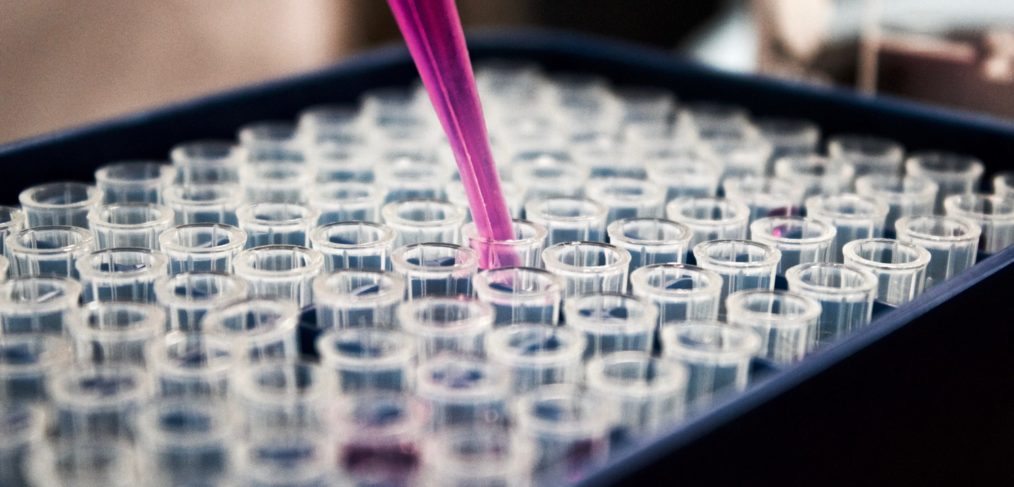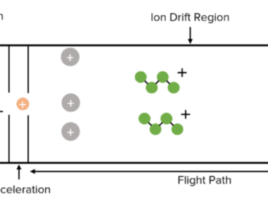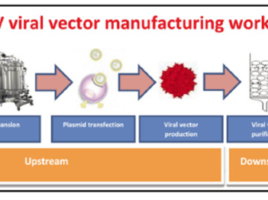
Domestic Animal Endocrinology
Publishing a research paper is a significant milestone in any academic or professional career. It’s an achievement that requires hard work and dedication. We wanted to take a moment to acknowledge our lab manager’s Dr. Carolyn Hyde, amazing work on this recent research paper, “Domestic Animal Endocrinology”.
Let’s take a summarised dive into this blog post:
A chemiluminescent immunoassay is often used to test adrenocorticotrophic hormone (ACTH) concentrations to help diagnose pituitary pars intermedia dysfunction, a common and important condition that affects older equids (horses and ponies). Blood plasma concentrations of ACTH increase in the autumn, perhaps as an adaptation to prepare the metabolism for harsh winter conditions. The seasonal increase reported in some pony breeds is particularly large.
The chemiluminescent immunoassay manufacturers report cross-reactivity to corticotropin-like intermediate lobe peptide (CLIP) a C-terminus fragment of ACTH (ACTH 18-39). In species with low blood plasma concentrations such as people this cross reactivity is usually unimportant. But, in horses it was hypothesised that endogenous CLIP concentrations were higher and could interfere with measurement of blood plasma ACTH.
The present study aimed to demonstrate the ability of endogenous equine CLIP to bind to the capture antibody used in the ACTH chemiluminescent immunoassay. Liquid chromatography-mass spectrometry (LCMS) techniques were optimised to detect particular ions from synthetic human ACTH, melanocyte-stimulating hormone (MSH, ACTH 1-17), and CLIP. Synthetic ACTH, CLIP, but not -MSH, bound the chemiluminescent ACTH test’s capture antibody. Pony plasma obtained in the autumn was LCMS-identified as equine endogenous CLIP, eluted from the ACTH chemiluminescent immunoassay’s capture antibody. Further research is required to enable CLIP quantification. Therefore, the present study supports the hypothesis that equine CLIP can alter measured ACTH amounts in vivo, although it has yet to be conclusively shown that it can attach to the detection antibody.
One of the questions highlighted by research is to what extent CLIP, as opposed to ACTH, contributes to both the pathological increases in measured ACTH found in cases of PPID and the seasonal autumnal increase that occurs as a normal physiological process. It’s also unclear if CLIP immediately affects the horse’s metabolism. When rats fast, CLIP has orexigenic effects, and its metabolite, Beta-Cell tropin, is a potent insulin secretagogue with effects that are more pronounced on fatty than lean rat pancreas. It would be important for therapeutic reasons if CLIP or Beta-Cell Tropin had similar effects in horses.
In conclusion, Plasma from healthy ponies collected in the autumn may include equine endogenous CLIP, which circulates in the blood and binds to the capture antibody of a common chemiluminescent immunoassay. This finding supports the hypothesis that endogenous CLIP affects measured ACTH concentrations in vivo, which may have implications for our understanding of the cause and treatment of PPID.
If you’d like to read the paper please click here.


